Use This 3-Day Weight Lifting Routine to Get Jacked
Don’t be afraid to move beyond cardio

Weights are a good way to create muscle mass, and complement other forms of exercise, such as cardio. But with gyms closed for the pandemic, it can be difficult to get started, especially if you've never taken a lifting class, trained with a sports team or worked with a personal trainer. But it's never too late to learn.
This guide covers the basics so you can hit the weight room (when it reopens) with confidence and start lifting, learning, and seeing results.
- Best adjustable dumbbells
- Where to buy adjustable dumbbells
- The best exercises to do if you sit down all-day
Beginner’s weightlifting: Safety first
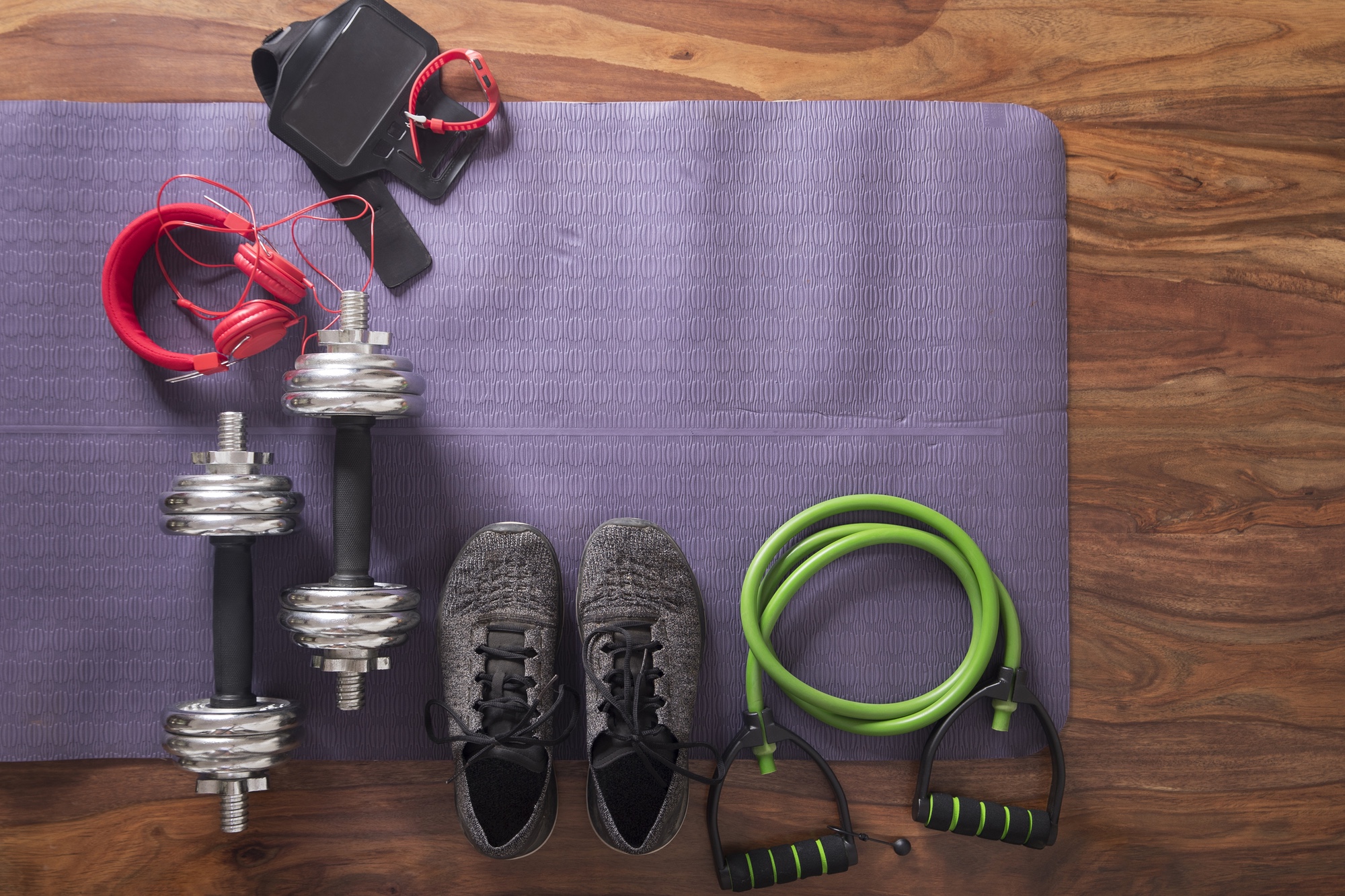
If you've never ventured beyond the cardio machines at your gym, this is important: It's much, much easier to hurt yourself lifting than it is to hurt yourself on a treadmill. (And I've seen some pretty serious treadmill injuries.)
The good news is that a lifting injury is by no means a given, so long as you follow a few basic rules.
Stay humble; start low: Lifting is all about technique. It doesn't matter how much weight you're lifting (or not lifting), bad technique leaves you open to injury. Use any means necessary — Youtube, training apps such as Nike Training Club or Coach's Eye or feedback from the personal trainers at your gym — to perfect your technique before you start lifting any real weight (or any weight at all). You won't look weak or out of place.
There are plenty of other reasons to lift little or no weight, including physical therapy, rehabilitation and warming up. People will judge you far more for your terrible technique than they will for lifting the bar.
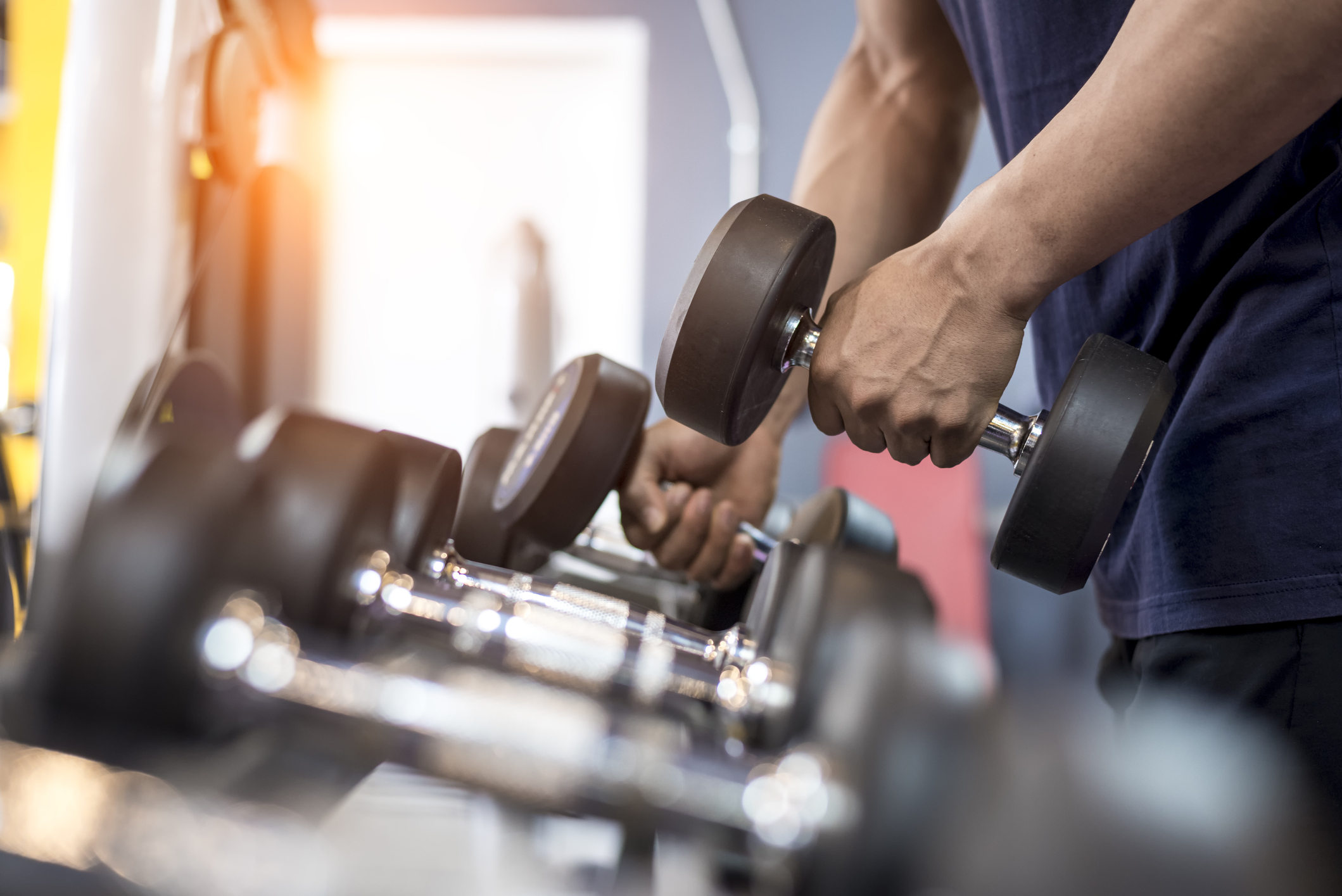
Get the right gear: You don't need to run out and buy a bunch of gear, but you do need to have some decent lifting shoes. "Lifting shoes" aren't necessarily fancy, but they aren't running shoes. Running shoes are designed for, well, running — the soles are cushy and designed for movement, not stability.
You can lift in lifting shoes, cross-training shoes, or the classic Converse All-Stars. You can lift barefoot if you really want to (though your gym might not approve), just don't lift in running shoes. If you don't want to invest in dedicated lifting shoes just yet, try a versatile training shoe such as the CrossFit-oriented Nike Metcon 5, which include removable "Hyperlift" heel inserts specifically for lifting.
Don't skip the warm-up: Don't look around, because you'll see lots of people skipping the warm-up. Do not do this, especially if you're new to lifting, because you will get injured, and you probably don't have the physical elasticity or mental indifference of a teenager. Warming up is easy, so there's really no excuse to skip it: 10-15 minutes of light cardio and a warm-up set before each compound exercise.
Rest on rest days: The great thing about lifting is that you don't need to do it anywhere as often as you might think to see real results. The flip side of this is that if you lift too often, you will not see results. Rest and recovery are critical parts of lifting (and working out in general), because this downtime is when your body actually builds muscle. It's OK to do low-impact workouts, such as yoga, or light cardio on rest days, but you should aim for at least one full rest day each week.
Beginner’s weightlifting routine: Three-day split
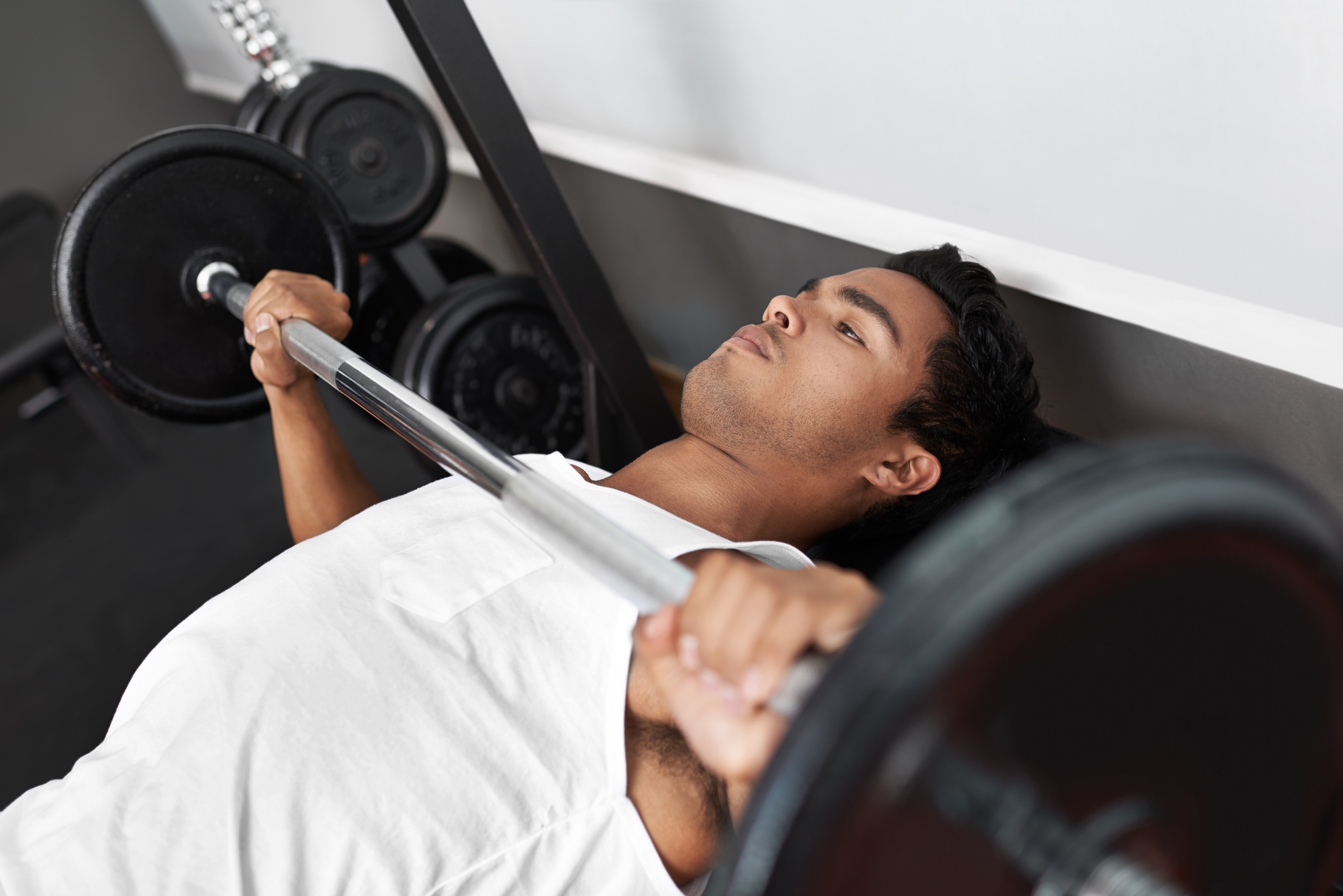
There's no perfect, universal, get-ripped-like-The-Rock workout routine — that I know of — so we'll start out with a basic beginner routine that you can modify based on your individual goals. This is a classic three-day split routine, which means you'll be lifting three days a week (Monday, Wednesday, Friday). Each day will focus on a major muscle area (legs, back, chest). This is a solid routine to learn on, and you won't end up blowing out your back like a CrossFit newbie.
Each day has five exercises. Do 3-4 sets of 8-12 reps each. Rest between 60 and 120 seconds between each set. On the last set, aim for two additional reps; if you can do those two extra reps, add more weight the next time you do the exercise.
Beginner’s weightlifting routine day 1: Legs
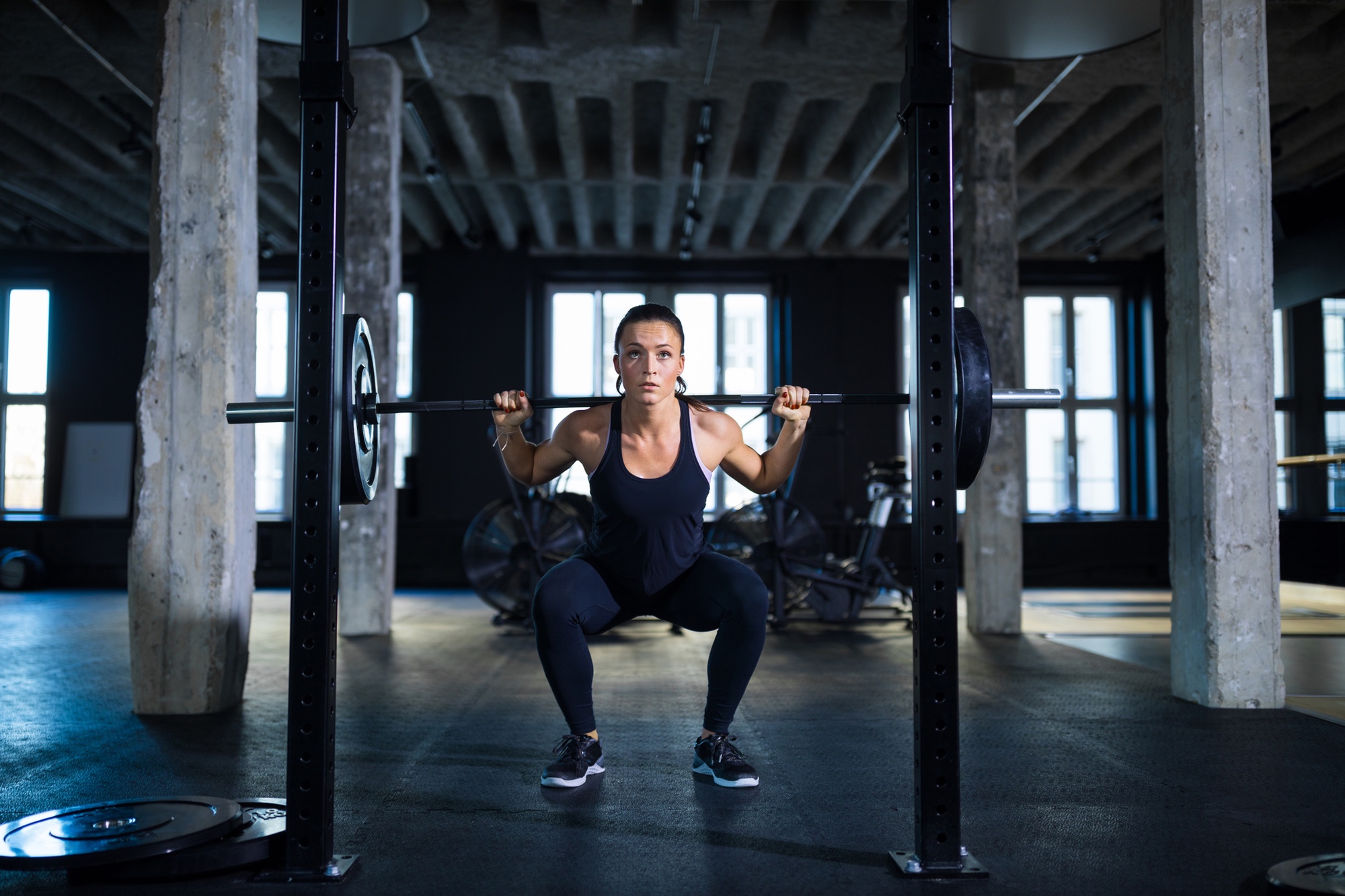
Squats: There are many variations on this compound, full-body exercise, but I'm talking about the classic barbell back squat. This is a great core exercise that works everything from your hamstrings and quads through to your upper back, but only if you do it correctly.
Deadlifts: Another full-body exercise that looks simple but is often performed incorrectly. If you're having trouble lifting with your legs and not your back, try using a trap bar instead of a barbell.
Lunges: Use dumbbells and do walking lunges if you have the space. One lunge on each side equals one rep, so a set of 10 is 20 lunges.
Step-ups: Step-ups are the low-impact, knee-friendly alternative to plyometrics (jumping), so they're great for people who are just getting into working out. Like lunges, one rep is one step-up on each side.
Calf raises: Your gym should have a calf raise machine (either seated or standing), but you can (and should) do calf raises anywhere, at any time, and during other exercises. Do 15-20 reps instead of 8-12.
Beginner’s weightlifting routine day 2: Back/shoulders
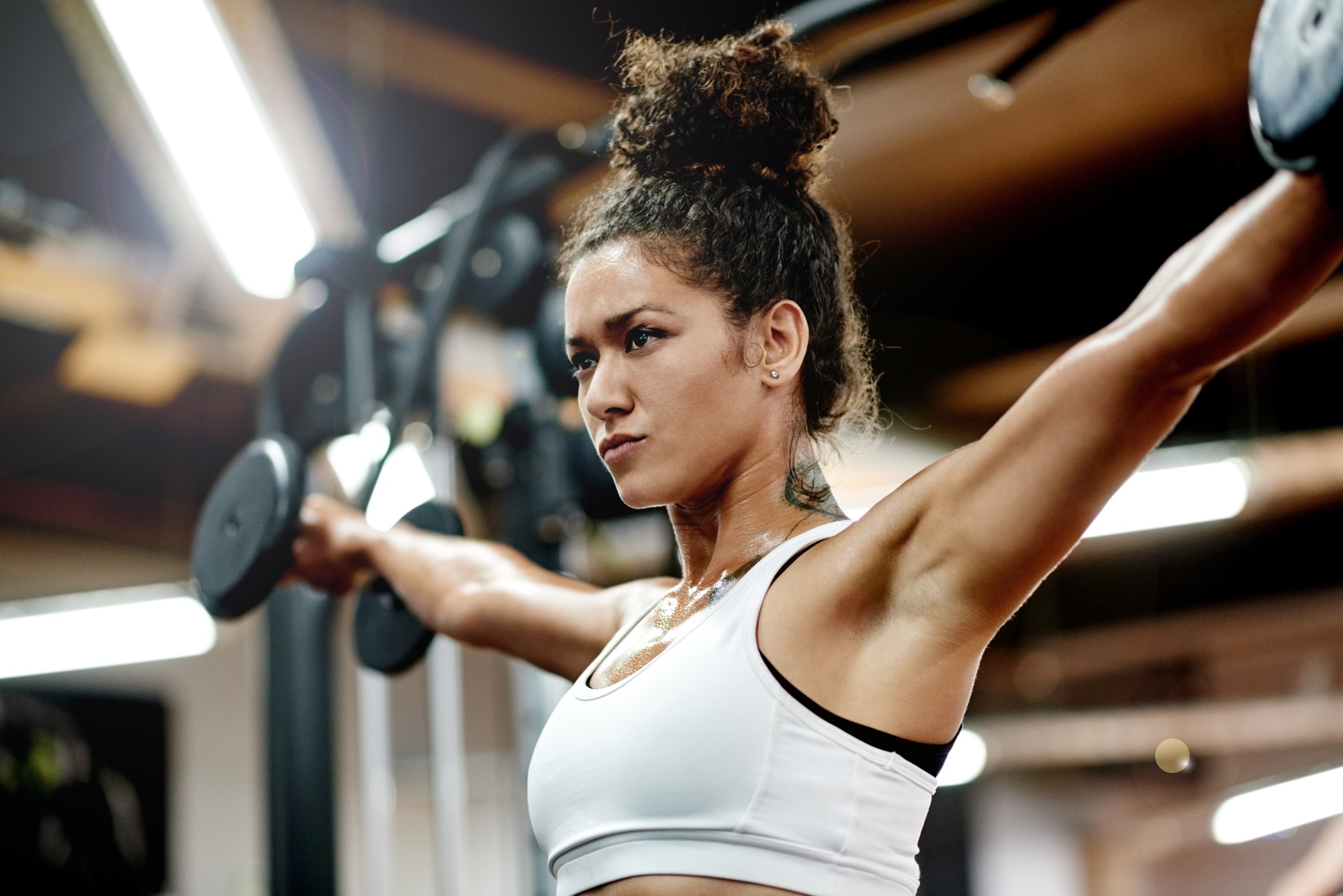
Bent over rows: Bend over so your back is parallel to the ground, then lift your dumbbells straight up toward your body and down again. Keeping your core engaged and your back straight will prevent injury during this compound exercise.
Pull-ups: If you can't do a pull-up, no sweat. Start with assisted pull-ups via a machine (or DIY by resting your feet on a box) and work your way up.
Shrugs: It's exactly what it sounds like — "shrugging" your shoulders while holding dumbbells to build those traps (the large muscle area around your spine across your upper back).
Lat pull-downs: Lat pull-downs using a cable machine will help you on your quest to do a pull-up, but they're also a good isolation exercise. Using a wide or narrow grip, perform this exercise with the steady control you can't get from a pull-up.
Lateral raises: Grab a pair of dumbbells and hold them at your side. Than raise your arms horizontally, so the weights are at shoulder height, and then lower them down again. Do these slowly and you'll see they're a lot harder than they look. Don't worry, everyone starts with the 5-pound weights.
Beginner’s weightlifting routine day 3: Chest/arms
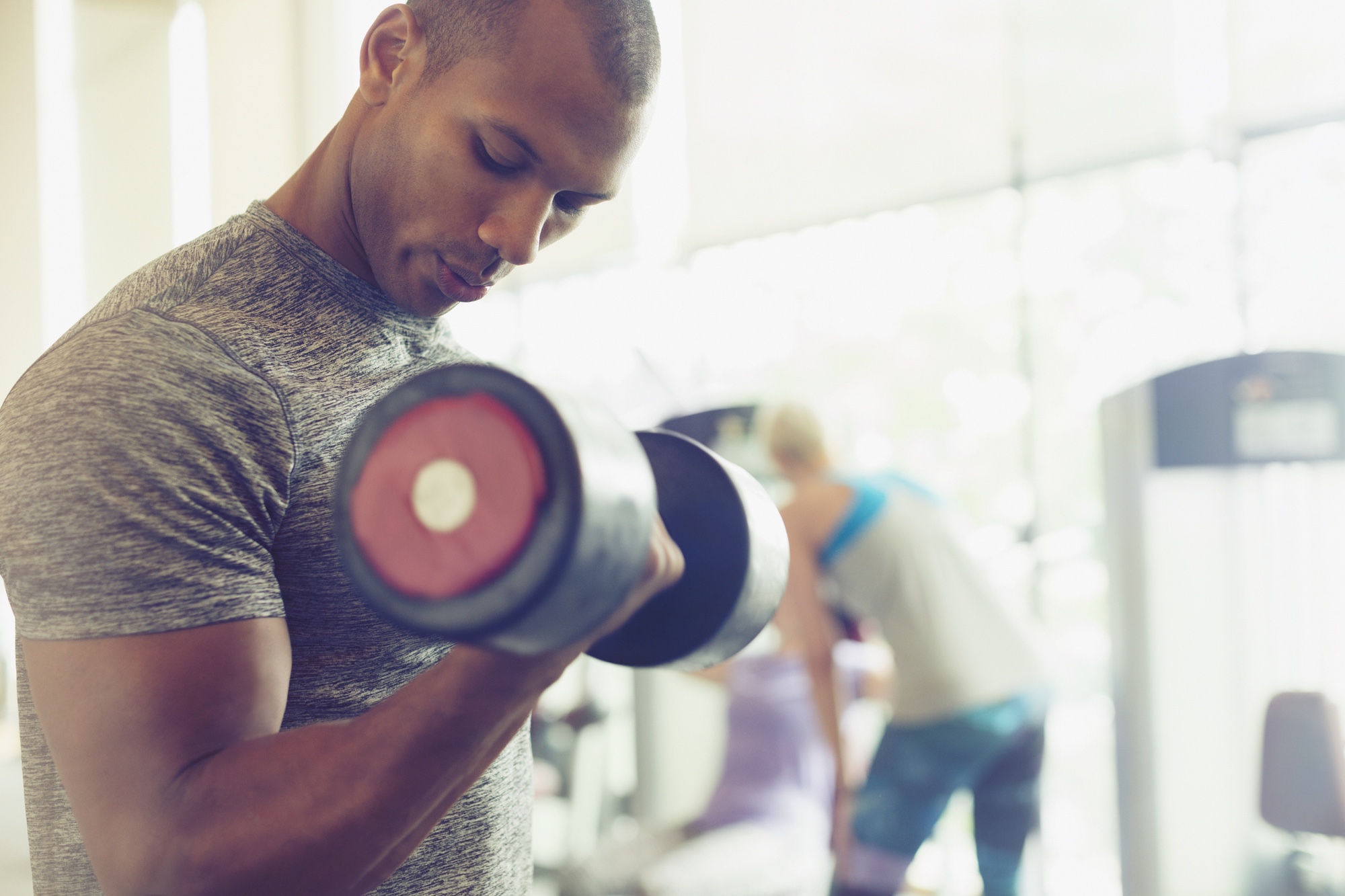
Bench press: The bench press is everyone's favorite lift, but don't get cocky. Start by lifting just the bar, enlist a spotter and remember that your movement should be just as controlled going down as pushing back up.
Incline press: This is similar to the bench press, but with an incline bench. Make sure the incline isn't too steep or you'll work your shoulders, not your pecs.
Flat bench dumbbell press: The barbell bench press is a classic, but the dumbbell version has a greater range of motion (and doesn't require a spotter).
Dips: The best way to fight underarm flab is to work on those triceps, and the best triceps exercise is dips. Your gym probably has an assisted dip machine (it's the same as the assisted pull-up machine), but you can also DIY it with a box.
Bicep curls: Use dumbbells and keep your movements slow going up and down. With bicep curls your palms face upward; hold the barbells perpendicular (your palms face inward) and you're doing hammer curls, which work the outer biceps and forearms.
Bottom line
The great thing about weightlifting is that results are easy to measure, and relatively quick. You'll feel your improvement as you move up in each exercise. You should start seeing results from this routine in about a month if you've never seriously lifted before, or if it's been a while since you were last in the weight room.
You can't do the same workout forever, but this beginner's routine should carry you through the first 3-5 months, especially if you adjust the routine as necessary based on your specific strength and fitness goals. If you feel like mixing things up, you can change the order of the exercises, add supplemental exercises (such as an abs routine), and vary rep count and weight.
Although conventional lifting wisdom says that lower rep count and higher weight builds strength while higher rep count and lower weight builds endurance (the middle ground of 8-12 reps builds visible muscle), a recent study shows that both low and high reps are equally effective at building strength and muscle if you're lifting to fatigue. In other words: Rep count may ultimately be irrelevant to whether you build strength or endurance, but switching things up can help keep you from getting bored or complacent.
Sign up to get the BEST of Tom's Guide direct to your inbox.
Get instant access to breaking news, the hottest reviews, great deals and helpful tips.
Sarah is a hardware enthusiast and geeky dilettante who has been building computers since she discovered it was easier to move them across the world — she grew up in Tokyo — if they were in pieces. She's currently senior editor at our sister site Tom's Hardware and is best-known for trying to justify ridiculous multi-monitor setups, dramatically lowering the temperature of her entire apartment to cool overheating components, typing just to hear the sound of her keyboard, and playing video games all day "for work." She's written about everything from tech to fitness to sex and relationships, and you can find more of her work in PCWorld, Macworld, TechHive, CNET, Gizmodo, PC Gamer, Men's Health, Men's Fitness, SHAPE, Cosmopolitan, and just about everywhere else. In addition to hardware, she also loves working out, public libraries, marine biology, word games, and salads. Her favorite Star Wars character is a toss-up between the Sarlacc and Jabba the Hutt.

